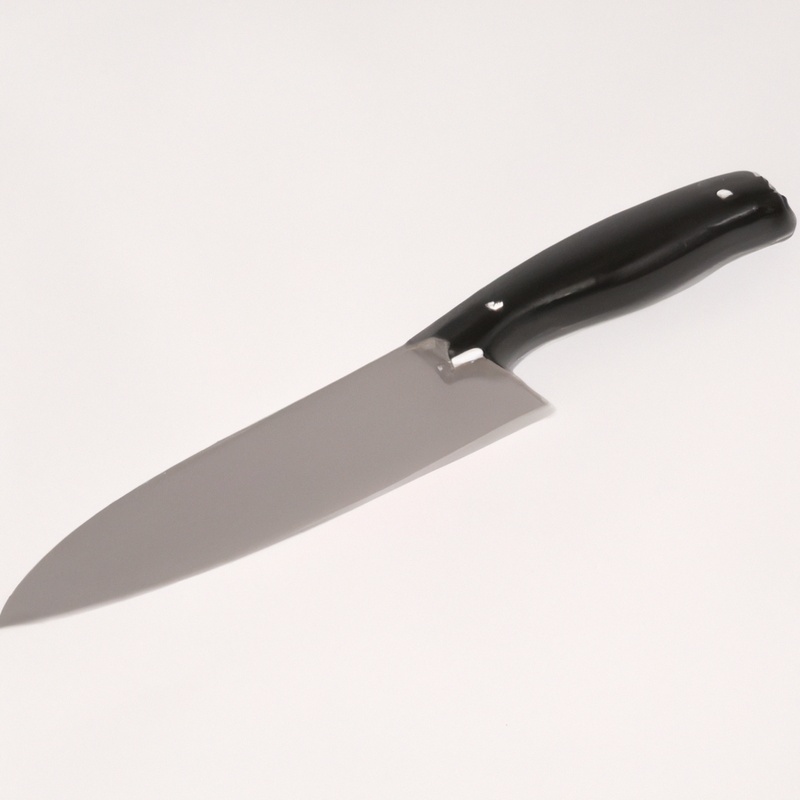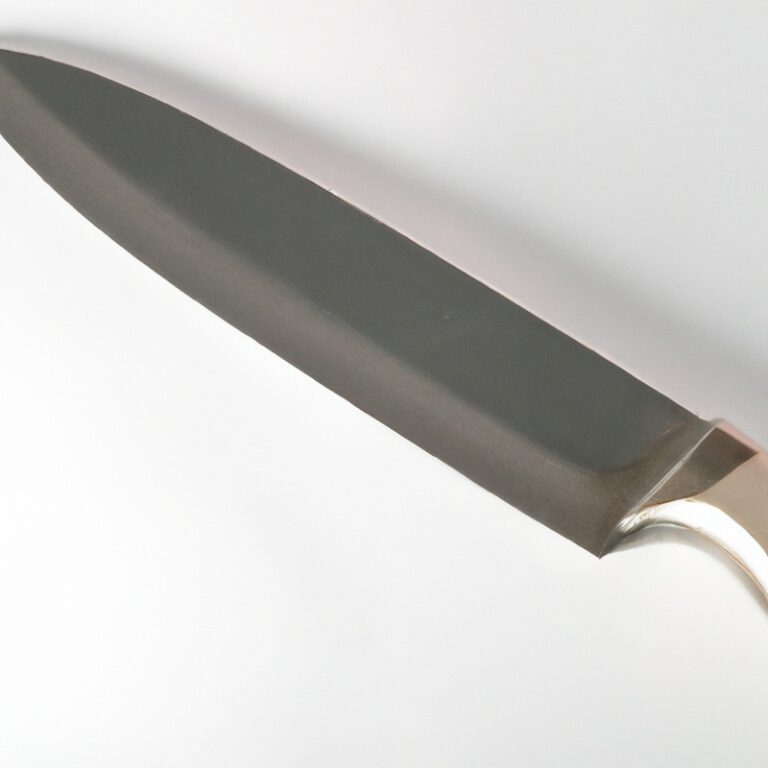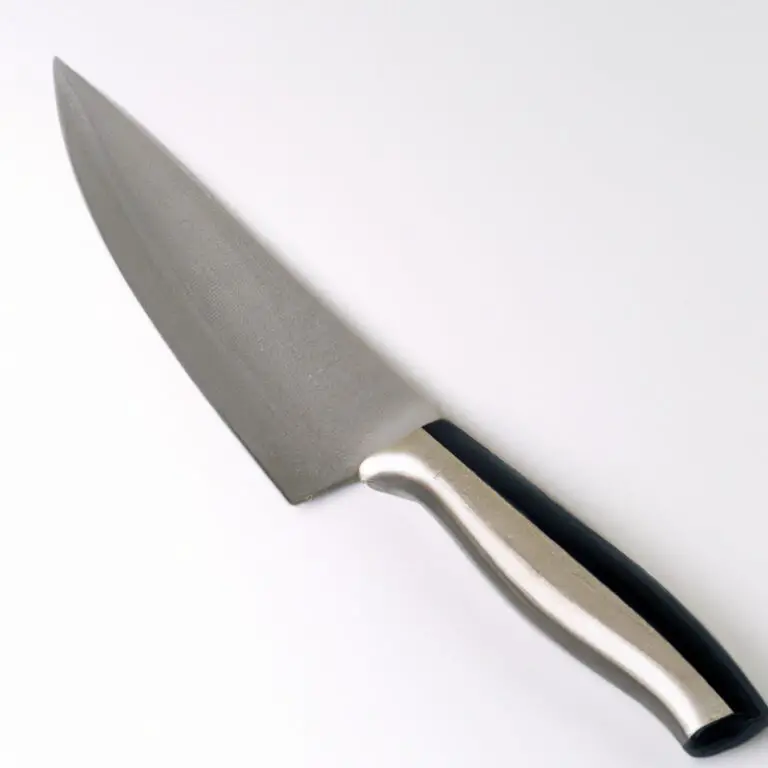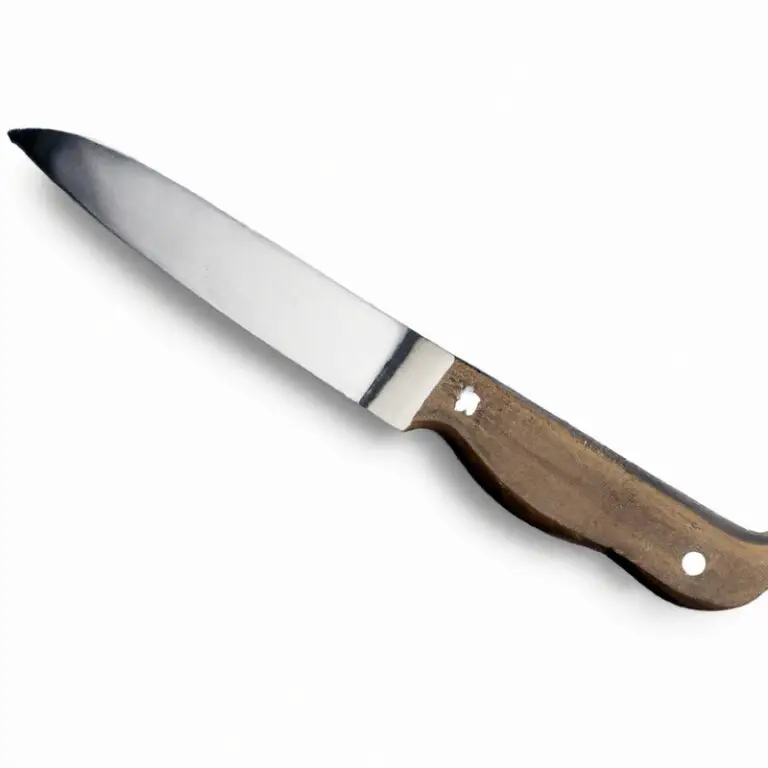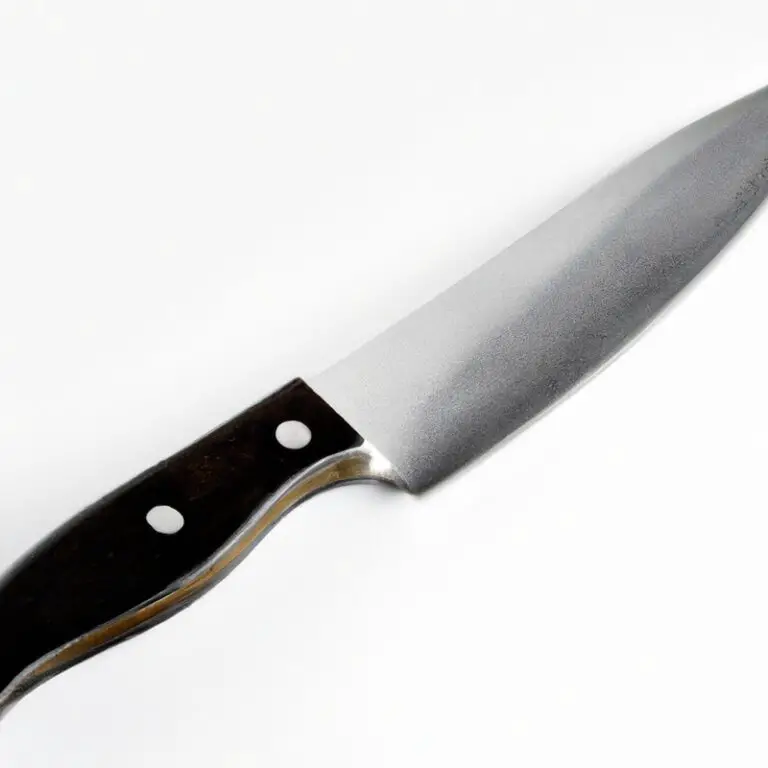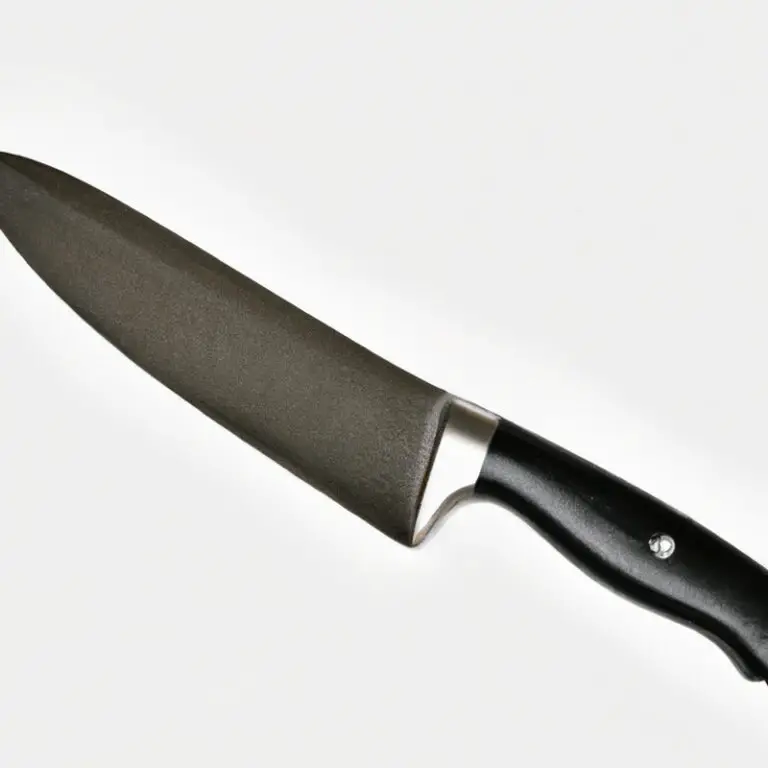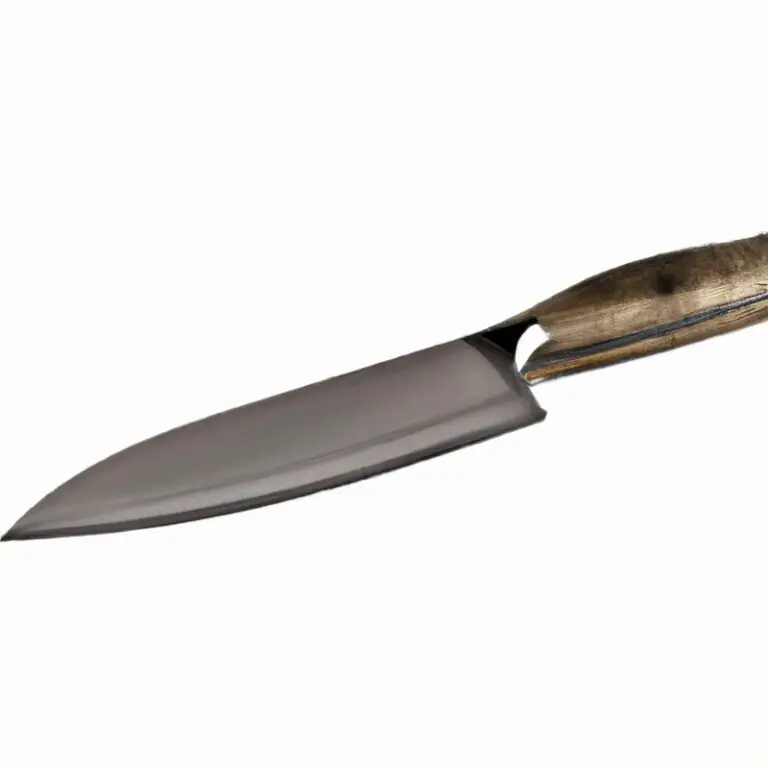How To Fillet a Longear Sunfish Using a Fillet Knife? Try It Today!
Key Takeaways:
- Start by making a cut along the back of the fish and following its spine with the fillet knife.
- Use a gentle sawing motion to separate the fillet from the bones, taking care not to cut through any bones.
- Remove the skin by making a small cut near the tail and peeling it away with the fillet knife.
- With practice and patience, filleting a longear sunfish can be a quick and easy task with a sharp fillet knife.
Are you looking to try your hand at filleting a longear sunfish but not sure where to start? Filleting can seem like a daunting task for beginners, but with the right tools and techniques, it can be done with ease.
In this article, I will guide you through the step-by-step process of filleting a longear sunfish using a fillet knife.
From choosing the right knife to cleaning and maintaining it after use, I’ll cover it all. By the end, you’ll have perfectly filleted fish ready to cook and serve.
Let’s get started!
| Steps | Instructions |
|---|---|
| Step 1 | Place the fish on a flat surface and use a sharp fillet knife to make a cut just behind the gills. |
| Step 2 | Run the knife down the length of the fish, separating the flesh from the bones. |
| Step 3 | Use the knife to remove the fillet from the fish, being careful not to cut through the skin. |
| Step 4 | Remove the bones from the fillet using a pair of pliers or your fingers. |
| Step 5 | Rinse the fillet under cold water and pat dry with a paper towel. |
| Step 6 | Repeat steps 1-5 for the other side of the fish. |
| Step 7 | Cut the fillets into smaller pieces, if desired. |
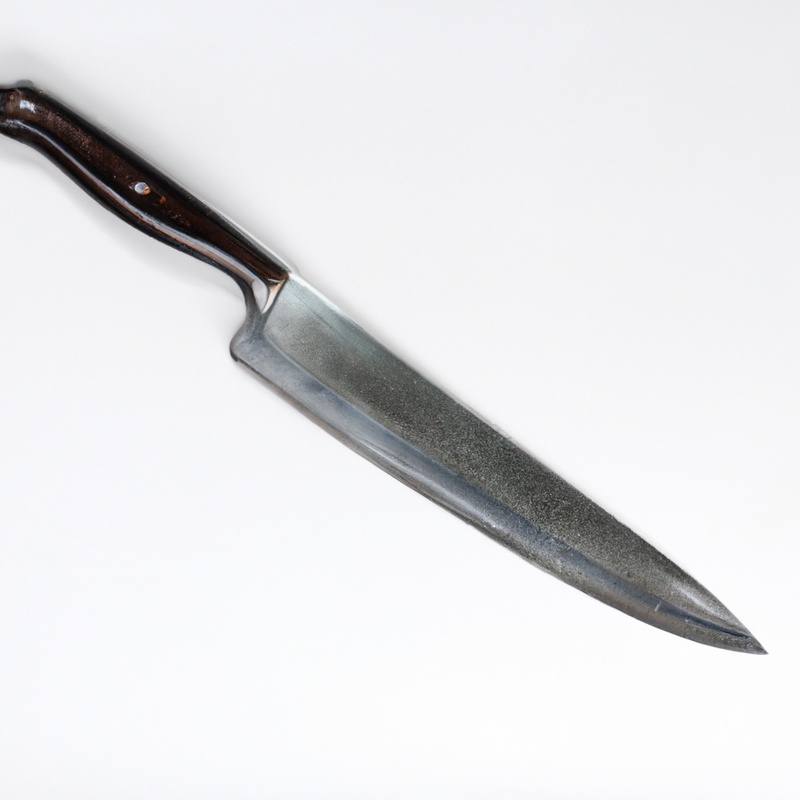
Preparing to fillet a longear sunfish
Before you begin filleting your longear sunfish, it’s essential to prepare the fish correctly. Here are the steps you should follow:
- Keep your fish fresh: Make sure your fish is fresh before you start filleting. If it’s not, it may become difficult for you to get a clean fillet.
- Gather the necessary tools: You’ll need a fillet knife, a cutting board, a clean towel, and a bucket of water to rinse the fillets.
- Remove all scales: Rinse your fish thoroughly and remove all the scales using a fish scaler.
- Cut off the head and tail: Use a sharp knife to remove the head and tail of your fish.
- Begin the filleting process: Make an incision behind the gills and run the knife towards the backbone, making sure not to cut through the spine.
By following these steps, you’ll be ready to fillet your longear sunfish properly.
Choosing the right fillet knife
When choosing a fillet knife, there are a few factors to consider. The first is the length of the blade.
For small fish, a blade between 6 and 7 inches is adequate.
For larger fish, a longer blade of 8 to 9 inches is recommended. The second factor is the flexibility of the blade.
A more flexible blade is better for intricate cuts around bones and skin.
Lastly, look for a fillet knife with a comfortable handle that provides a good grip to avoid accidents. Additionally, consider the material of the blade, as high-quality stainless steel is ideal for durability and sharpness.
Investing in a quality fillet knife can improve your precision and efficiency when filleting fish.
Cleaning the fish before filleting
Before beginning the process of filleting a longear sunfish, it’s important to properly clean the fish. Start by washing the fish with cold water to remove any dirt or debris.
Then, use a sharp knife or scaler to remove the scales by gently scraping the fish from tail to head.
Some prefer to remove the head and tail before scaling, while others leave them intact. Next, remove the entrails and other organs located inside the fish.
Use a sharp knife to make an incision from the anus to the gills, and then remove the entrails and other organs from the cavity.
Rinse the inside of the fish with cold water to remove any remaining debris. Finally, pat the fish dry with a paper towel or clean cloth before proceeding with filleting.
Properly cleaning the fish ensures that the fillets will be safe to eat and free from any unwanted flavors.
Removing the head and tail of the fish
To remove the head of the fish, place the fish on a cutting board with the head facing you. Hold the fish by the body and use the fillet knife to make a cut just behind the gills, through to the spine.
Position the knife at an angle of around 45 degrees and cut diagonally towards the head.
Once the cut is complete, remove and discard the head. Next, remove the tail by cutting through the flesh just above the tail’s base, using the same angle and technique as before.
Once cut, hold the tail and gently pull it away from the body to remove it.
Properly removing the head and tail will make the filleting process easier and safer while ensuring that you get the most meat possible from the fish. Remember to discard the head and tail properly, as they are not typically used in cooking or eating.
Making the first cut to remove the fillet
To make the first cut to remove the fillet, place the fish on its side and insert the tip of the fillet knife behind the gills, pointing towards the head of the fish. Cut along the spine towards the tail of the fish, applying gentle pressure to separate the fillet from the backbone.
Stop when the knife reaches the rib bones and turn the blade towards the edge of the fish.
Use a sawing motion to cut through the rib bones and continue cutting until you reach the tail section. Repeat the process on the other side of the fish to obtain the second fillet.
The key is to take your time and keep the knife blade close to the backbone to avoid wasting any of the meat.
Separating the fillet from the skin
Separating the fillet from the skin is an important step in filleting a longear sunfish. Once you have made the initial cut to remove the fillet, you will need to separate it from the skin.
To do this, lay the fillet skin side down on a cutting board.
Use the tip of your fillet knife to make a small incision between the meat and the skin at the tail end of the fillet. Once the blade is inserted, hold the skin down firmly with your non-dominant hand and use a sawing motion to cut the fillet away from the skin.
Be sure to keep the blade angled slightly upwards to avoid cutting through any bones.
Take your time and work carefully to ensure that you remove as much meat as possible, leaving only the skin and any bones behind. Once you have separated the fillet from the skin, you can move on to removing any remaining bones from the fillet.
Removing the remaining bones from the fillet
Removing the remaining bones from the fillet is essential to ensure an enjoyable, bone-free eating experience. After making the first cut to remove the fillet, use tweezers, pliers or a specialized fish bone remover tool to remove any remaining bones from the flesh.
Carefully run your fingers over the fillet to locate any small bones and pull them out with the tool.
Be sure to remove the pin bones, which run along the center of the fillet. These bones are thin and hard to see, so run your fingers along them to detect and remove them.
Repeat the process for the second fillet.
Once you have removed all the bones from both fillets, they are ready to be cooked or served.
Repeat the process to fillet the other side
After filleting one side of the longear sunfish, it’s time to move on to the other side. Repeat the same process that was done on the first side by making a cut behind the gills and down to the spine, then using the fillet knife to separate the flesh from the bones.
Hold the fish steady with one hand and work slowly and carefully with the other to avoid damaging the fillet or leaving any bones behind.
Remember, practice makes perfect, so don’t get discouraged if it doesn’t go perfectly on the first try. Once both fillets are removed, discard the remaining fish parts and clean up the workspace.
Now you can cook and serve your freshly filleted longear sunfish.
Don’t forget to clean and maintain your fillet knife after use to keep it in top condition for future use.
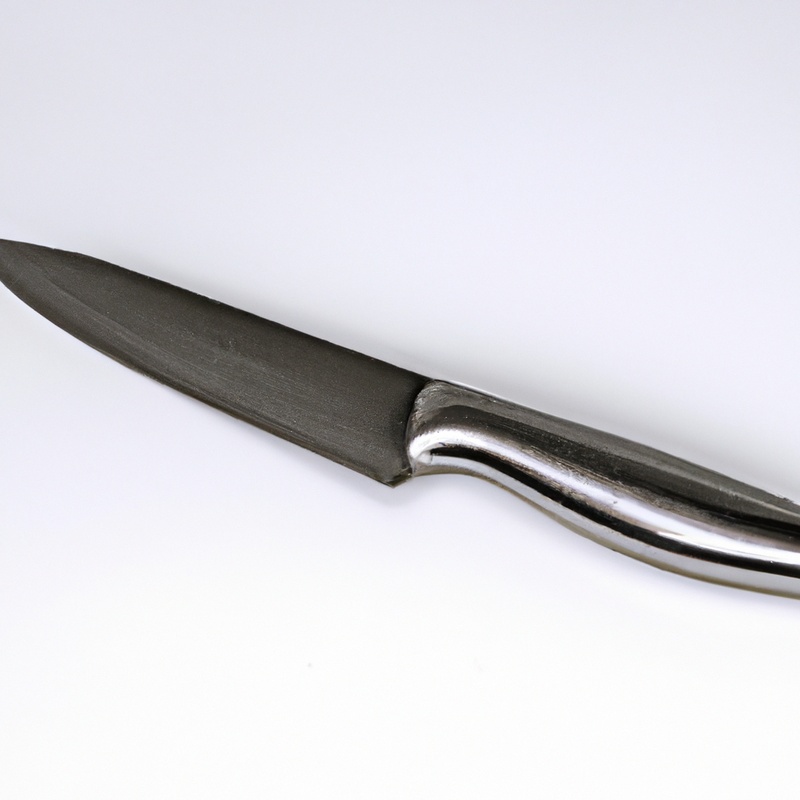
Tips for cooking and serving the fillets
Tips for Cooking and Serving the Fillets:
- Rinse the fillets in cold water and pat dry before cooking.
- Lightly season the fillets with salt and pepper or your favorite seasoning.
- When cooking, use a hot oiled pan or grill to cook the fillets for 2-3 minutes per side until they are golden brown.
- Consider adding a sauce or topping such as lemon juice, butter, or salsa to give the fillets a flavorful finish.
- Serve the cooked fillets alongside your favorite side dishes, such as roasted vegetables, rice, or a salad.
- Remember to remove any remaining bones from the fillets before serving.
- For storing leftovers, wrap the fillets in plastic wrap and keep them in the refrigerator for up to three days.
By following the above mentioned tips, you can make the most out of your fillet and enjoy a delicious and satisfying meal.
Cleaning and maintaining your fillet knife after use
After using your fillet knife to prepare your longear sunfish, it is crucial to clean and maintain it properly to ensure that it remains safe and effective for future use. Rinse the knife thoroughly with hot water and dry it with a clean cloth or paper towel.
Avoid using abrasive materials like steel wool or harsh detergents on your fillet knife as they may damage the blade.
To prevent rust, apply a thin coat of oil to the blade’s surface after cleaning and ensure it is completely dry before storing it. It is also essential to store your fillet knife in a protective sheath or blade guard to prevent it from getting damaged or dull.
Regular honing and sharpening of your fillet knife’s edge will maintain its sharpness, making it easier and safer to use.
Sharpen your knife using a sharpening stone or a whetstone, and hone it using a honing rod to remove any burrs that may have formed on the blade’s edge. Clean and maintain your fillet knife after each use, and your knife will remain sharp, safe, and effective for years to come.
Final Verdict
Congratulations, you are now one step closer to becoming a master in filleting a longear sunfish using a fillet knife! By following the steps outlined in this guide, you can now confidently approach this task with ease and precision. Remember to choose the right fillet knife, clean the fish properly, and make clean cuts to produce delicious fillets.
Don’t forget to separate the fillet from the skin and remove any remaining bones to ensure a great eating experience.
With practice, you’ll be able to perfect your technique. Lastly, keeping your fillet knife clean and properly maintained will keep it sharp and ready for your next fish filleting task.
I hope this guide has provided a clear and concise approach for filleting a longear sunfish.
By providing practical insights and actionable tips, I hope I have been able to inspire you to try this technique. Thank you for reading and happy filleting!

